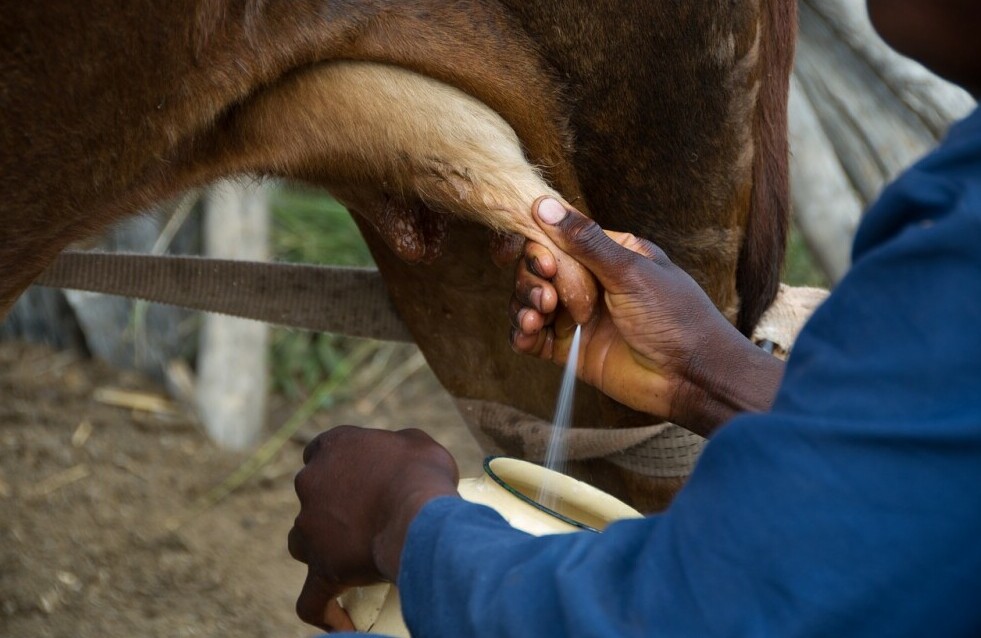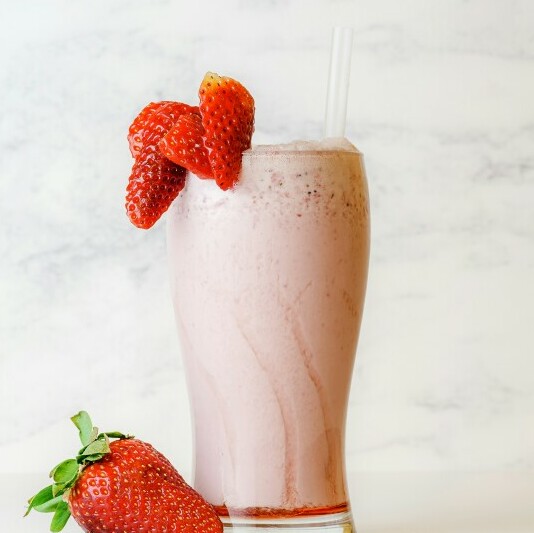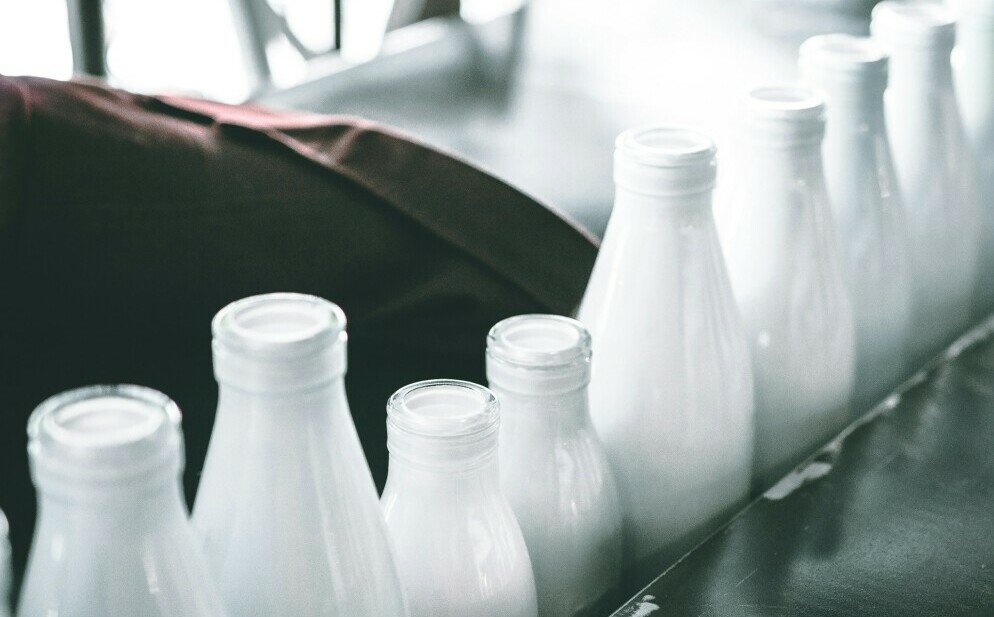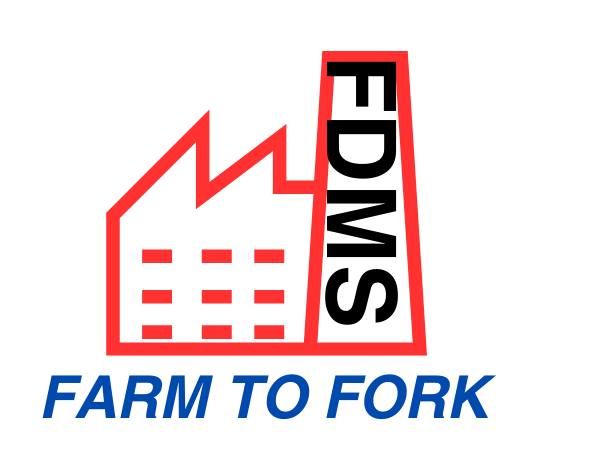I’m often asked about the journey of a milkshake from a simple concept to an indulgent treat enjoyed worldwide. It’s a process that requires precision, care, and a deep understanding of ingredients and their interactions.
In the world of milkshake manufacturing, the caliber of ingredients is the linchpin holding the entire operation together. Milkshakes begin with — you guessed it — milk, which isn’t as simple as one might think. Selecting the right dairy source factors significantly into the final product’s taste and quality.
But it’s not just about choosing the finest milk. A variety of components, including ice cream, sweeteners, and flavourings, all play pivotal roles in creating that creamy, dreamy sip. The manufacturing process honours traditional recipes while embracing modern techniques to ensure every batch meets the high standards consumers expect.
This look into the milkshake manufacturing process is more than a mere explanation of steps. It’s a story of how we value tradition and quality, blending them to deliver a satisfying experience in every sip. So, without further ado, let’s journey through the thoughtful preparation that precedes the ultimate indulgence.
Behind the Scenes: Preparing Ingredients for a Perfect Milkshake
Creating a memorable milkshake begins with the meticulous selection of dairy milk. The milk isn’t just a base; it’s the foundation upon which all other flavours build. Farmers cultivating their herds for quality rather than quantity, healthy diets for the cows, and low-stress environments all contribute to the milk’s taste and richness, two factors that I closely assess when sourcing milk for shakes.

What follows in the manufacturing process is ensuring the milk’s safety and preserving its freshness. Pasteurisation is critical here. I’m talking about the careful heating of milk to eliminate pathogens without altering those rich flavours we love in a sumptuously creamy milkshake. By adhering to strict health codes and consistently monitoring pasteurisation temperatures and times, manufacturers guarantee every batch of milk is both delicious and safe.
Flavour contributors like cocoa for chocolate shakes or real strawberries for fruit-flavoured varieties are the next stars to enter the mix. Precise measurements and blends are crucial to maintaining the same rich, inviting taste in every sip. Here’s where technology also plays a key role, employing advanced mixing techniques to ensure a uniform distribution of these flavour agents.

Then, there’s the all-important trio in milkshake magic: sweeteners, stabilisers, and thickeners. I lean towards natural sweeteners like cane sugar to amplify taste without overpowering the senses. Stabilisers and thickeners, often plant-based gums or dairy-derived ingredients, are essential. They give milkshakes that cling-to-the-spoon viscosity and help prevent separation, keeping the flavour and pleasure uniformly divine from first taste to last.
High-Tech Blending and Homogenisation: The Heart of Milkshake Creation
Once the base ingredients for milkshakes are prepared and mixed, it’s time to blend them into the creamy treats we adore. The process is more complex than scooping ice cream and splashing in milk. It’s precise and calculated, ensuring every sip is as good as the last. Blending combines flavours and ingredients evenly, and if done poorly, results in a grainy and unappetising texture.
Homogenisation follows blending. You may have heard this term in relation to milk. It’s crucial in milkshake manufacturing, too. This step breaks down fat molecules in the dairy, ensuring they’re uniform and small. What does this mean for your milkshake? It means a silky smooth texture that’s irresistibly indulgent.
However, making milkshakes isn’t only about flavour and consistency. Safety and quality control are paramount. Every batch undergoes rigorous testing. Consistency must be checked, flavour profiles assessed, and contamination risks eliminated. Only after passing stringent quality control does a batch move to packaging.
Continuous improvements in blending and homogenisation equipment have also revolutionised milkshake manufacturing. Manufacturers can produce larger quantities without compromising on the quality that consumers expect. Eco-conscious companies are also exploring energy-efficient machines that reduce the carbon footprint of production.
Sustainable Packaging and Distribution: Delivering Deliciousness Responsibly
After milkshakes are blended to perfection, attention turns to one of the final steps: packaging and distribution. I ensure these practices underscore a commitment to sustainability. Eco-friendly packaging isn’t just a buzzword; it’s a thoughtful choice to reduce environmental impact. This means selecting materials that are recyclable or biodegradable, without compromising the milkshake’s integrity.

Furthermore, the cold chain logistics process is paramount. It’s all about maintaining an unbroken cold temperature from factory to fridge to ensure you get a fresh and safe product. Refrigerated trucks and storage facilities are vital here, preserving the delightful taste and texture of the milkshakes.
When we talk distribution, we’re looking at how to get these treats to you efficiently. It’s a careful balance between freshness and reach, whether it means supplying local diners, supermarkets, or shipping them further afield.
Lastly, you play a pivotal role in the life cycle of milkshake products. From choosing sustainable brands to proper disposal of packaging, your actions matter. As I wrap up this peek into the milkshake manufacturing process, I hope it’s clear that it’s about more than just creating a tasty product—it’s about doing so responsibly, with an eye on quality and our planet’s future.

